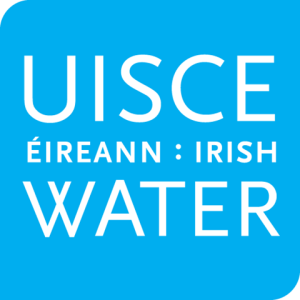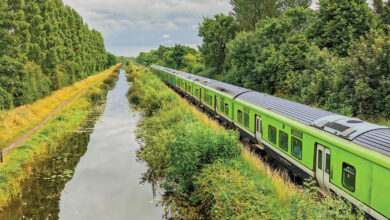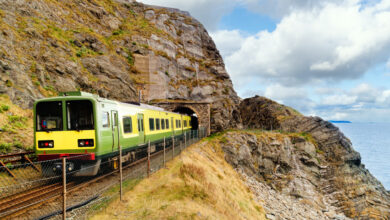Irish Water: Delivering a safe and resilient water supply

Miriam Grant and Mairéad Conlon of Irish Water’s Asset Planning Section discuss how the 25-year National Water Resources Plan will deliver a safe, secure, sustainable, and resilient water supply to each of its customers.
“There’s a real focus on the environmental impact and how we need to understand the hydrological yield of all our sources,” Grant says. “That is to ensure that we will have enough water available to meet growing demand over the next 25 years. Fundamentally, it is a plan that supports economic growth in Ireland but also safeguards the environment and takes account of the Water Framework Directive, the River Basin Management Plan and the standards that have been established.”
Irish Water’s asset base consists of roughly 530 water resource zones, 700 water treatment plants, over 1,000 individual extraction points and about 63,000km of water mains. At present, over half of these resources do not provide the sufficient level of service.
“While our customers mightn’t notice this because we have the supply on a day-to-day basis, we really struggle when we get into periods of high demand, like during dry weather events in the summer and in the winter when we have extreme weather events like a freeze thaw event,” Conlon explains. “The main challenge for us is to prevent this level of service to customers worsening as our infrastructure ages. Aside from that, we also face several future challenges to supplies. The population is growing, over the next 25 years we expect to see an extra 1.2 million customers on the network, so it is important that we plan for that. We have new environmental regulations on water extractions to ensure that Ireland is compliant with the Water Framework Directive and to protect and improve the environment.”
The key objective of the National Water Resource Plan is to give a one-in-50 level of service to all customers, performance levels tracked by the number of unwanted water supply interruptions in a number of years. The plan is to ensure Irish Water has supplied all customers, no matter where they are, with security of supply of high-quality water. The three pillars that the plan is built upon are Lose Less, Use Less and Supply Smarter, aimed leakage reduction, water conservation and better water supply routes through initiatives such as rationalisation.
“Our primary approach is always going to be to drive down demand through leakage reduction and water conservation,” Grant says. To that end, Irish Water has its National Leakage Reduction Programme and the Water Stewardship Programme, where it works with business to industry to promote conservation.
Concluding, Conlon says: “The transformation of our public water supplies will take time and investment over many decades. The plan is required to ensure that we address current issues and future challenges in a uniform way.
“It is the first such plan to be developed in Ireland and it allows us to prioritise delivery of solutions and ensure that we minimise environmental impacts. It will also allow Irish Water to meet the requirements of the new environmental and drinking water legislation. Key parts of the plan are an understanding of the supply-demand balance and that feeds into us understanding the level of service
“The National Water Resources Plan is not just a plan, it has an Strategic Environmental Assessment and an associated Natura Impact Statement that goes with it, and as part of that there is a consultation process, which allows full transparency and public participation in our plans. We ask for stakeholder feedback into the plan and take it on board in finalising it.
“This allows the public to get involved, to understand what is happening and the level of risk and to ensure that we can develop a robust plan going forward into the future.”
E: nwrp@water.ie
W: www.water.ie
Twitter: @irishwater
Facebook: IrishWaterUisceÉireann
LinkedIn: Irish Water






